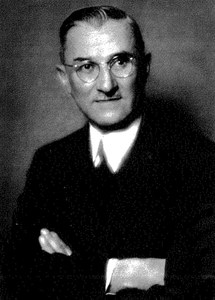Karl Rudolph's laboratory for palaeoecology

Quaternary palaeoecology links ecology with other disciplines (archaeology, climatology, geology) at different time scales. It explores processes that are beyond observation and experiments and studies environmental and ecosystem dynamics, succession triggered by natural or anthropogenic disturbance (climate, fire or human impact). It attempts to reach high temporal resolution and to link results with modern processes. Proxy data from stratified sediments (lake sediments, peat, anthropogenic sediments) serve for estimating variables we aim to reconstruct. They are collected by various methods such as analysis of remains of organisms (macroremains, pollen, charcoal, algae, chironomids, snails) or analyses of chemical elements and their isotopes. Dating is provided using a principle of radioactive clock and counting of varved sediments. Acquired data always refer to certain degree of reality. An important step is their correct interpretation.
At the Faculty of Science Quaternary Palaeoecology is taught within bachelor study programmes “Biology”, “Ecological and Evolutionary Biology” and “Applied Geobiology”. In master’s degree study it is included in study branches “Botany” with concentration “Geobotany” and “Geobiology”.
The laboratory is a part of Unit of Geobotany and is located on the 1st floor at Department of Botany (Benátská 2), room no. 57.
Karl Rudolph
|
|
Karl Rudolph (*11.4.1881, Teplice – ✝2.3.1937, Praha) was a professor of palaeobotany and phytogeography at German Charles-Ferdinand University in Prague. He studied botany and geology in Vienna and then shortly worked in Chernivtsi in SW Ukraine before he moved to the Institute of Botany in Prague. He also taught vegetation history and plant morphology and lead a number of students’ theses from palaeobotany, forest history and botany. Right after pollen analysis had been first used in Scandinavia, he became interested in determination of pollen and use of this method to study peat sediments. Thanks to him this sophisticated method started to spread in central Europe as well as influenced palaeoecological research in other parts of the world. He studied climatically induced postglacial vegetation changes, which were further developed by his students, especially Franz Firbas. Rudolph also realized significance of pollen analysis for forestry and contributed to interactions between palaeobotany and archaeology. After doing research in south Bohemia and mountainous regions of northern Bohemia he engaged in lowlands and the question of origin of steppic vegetation. |
|---|
Document Actions
